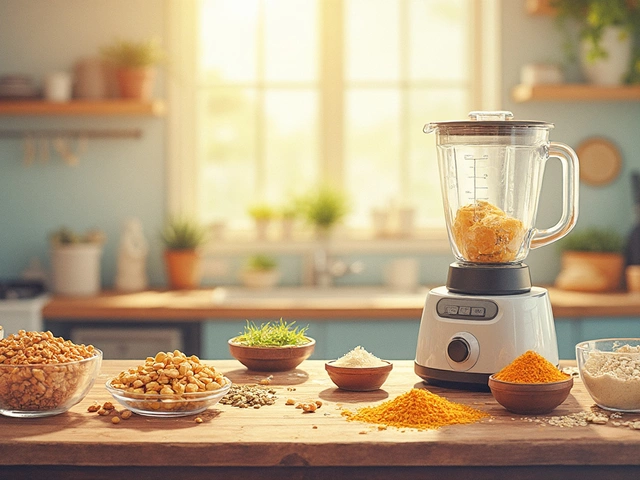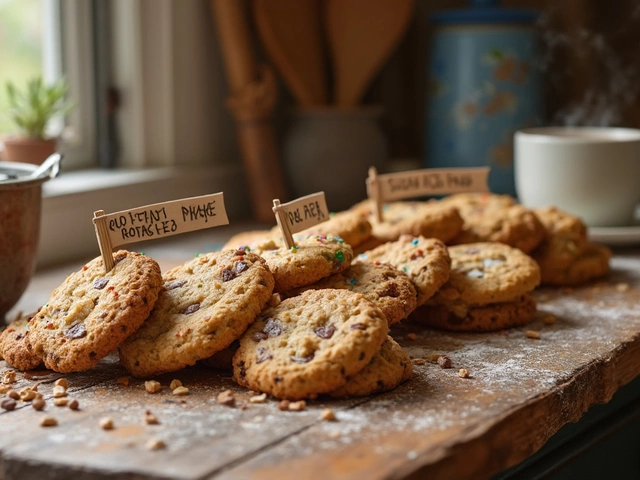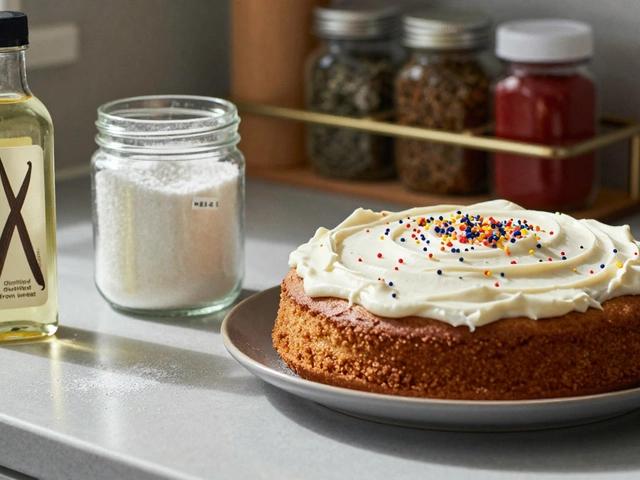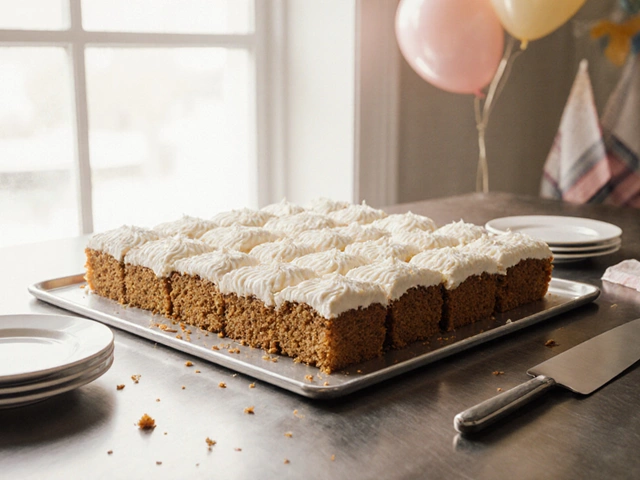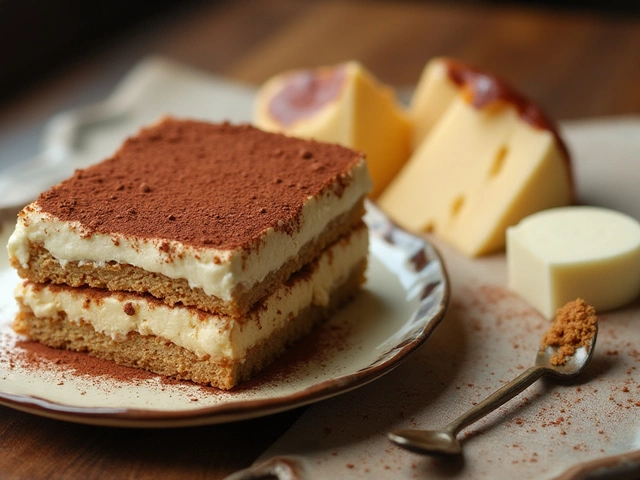Salted Butter: Practical Tips, Uses & Easy Recipes
Ever wonder why some recipes call for salted butter while others stick to unsalted? The short answer is flavor and convenience. Salted butter already has a dash of salt baked in, so it can save you a step when you’re in a rush. It’s also great for dishes where a little extra seasoning adds depth.
Why Choose Salted Butter?
Salted butter typically contains about 1.5% to 2% salt. That amount is enough to enhance the taste of most foods without making them taste salty. The salt also helps slow down the butter’s spoilage, so it stays fresh a bit longer than unsalted. If you keep a slab in the fridge, you’ll notice it stays creamy for weeks.
Because the salt level is set by the manufacturer, you won’t get the exact same amount every brand. If you’re picky about salt, pick a brand you like and stick with it. That way your recipes stay consistent.
How to Use Salted Butter in Cooking & Baking
In the kitchen, salted butter shines in sautéing, pan‑frying, and making sauces. The built‑in salt seasons the food as the butter melts, so you often need less added salt. For a quick pan‑seared chicken, melt a tablespoon of salted butter, add the chicken, and let the butter do the seasoning work.
When it comes to baking, the rule of thumb is to use unsalted butter if the recipe lists a specific amount of salt. This gives you full control over the final salt level. If a recipe doesn’t mention salt, you can safely swap in salted butter – just skip any extra salt the recipe calls for.
Want to replace unsalted butter with salted in a cake? Reduce the added salt by about half a teaspoon for every stick (½ cup) of butter. That keeps the cake from tasting overly salty while still benefiting from the butter’s flavor.
Store your butter in its original wrapper inside an airtight container in the fridge. If you want to keep it longer, freeze it in a zip‑lock bag for up to three months. Just let it soften at room temperature before using it for best results.
Need a quick swap? For a recipe that calls for 1 cup unsalted butter and ½ tsp salt, use 1 cup salted butter and cut the added salt in half. If you only have unsalted butter, add the missing salt: about ½ tsp per stick.
Here’s a fast recipe that makes the most of salted butter: Salted Butter Cookies. Cream together ½ cup salted butter, ¼ cup sugar, and ¼ cup brown sugar. Stir in 1 egg and a splash of vanilla. Mix in 1 ½ cups flour, ½ tsp baking soda, and a pinch of extra salt if you like a crunchy edge. Scoop onto a sheet, bake at 350°F for 10‑12 minutes, and enjoy.
Give salted butter a try in your next dish. Whether you’re sautéing veggies, whipping up a sauce, or baking a batch of cookies, that little dash of salt can make a big difference. Keep a block handy, experiment with the tips above, and you’ll see why many cooks keep it stocked.
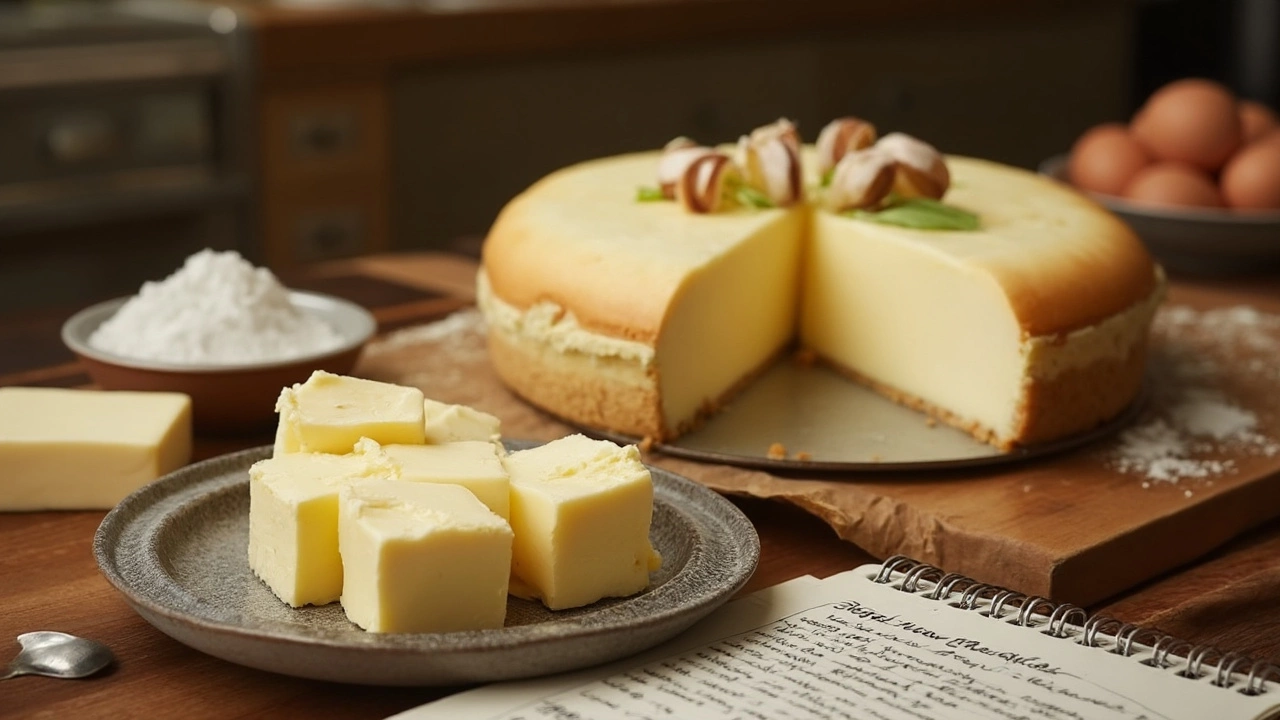
Best Butter for Cheesecake: What You Need to Know
Trying to pick the right butter for cheesecake? The type of butter you use really does affect both flavor and texture. This article breaks down the differences between salted and unsalted butter, explains why quality matters, and covers how butter interacts with other ingredients in a cheesecake. You’ll get tips from pro bakers and learn a few tricks to make your next cheesecake even better. If you want a smoother crust or a richer base, start here.
View More
